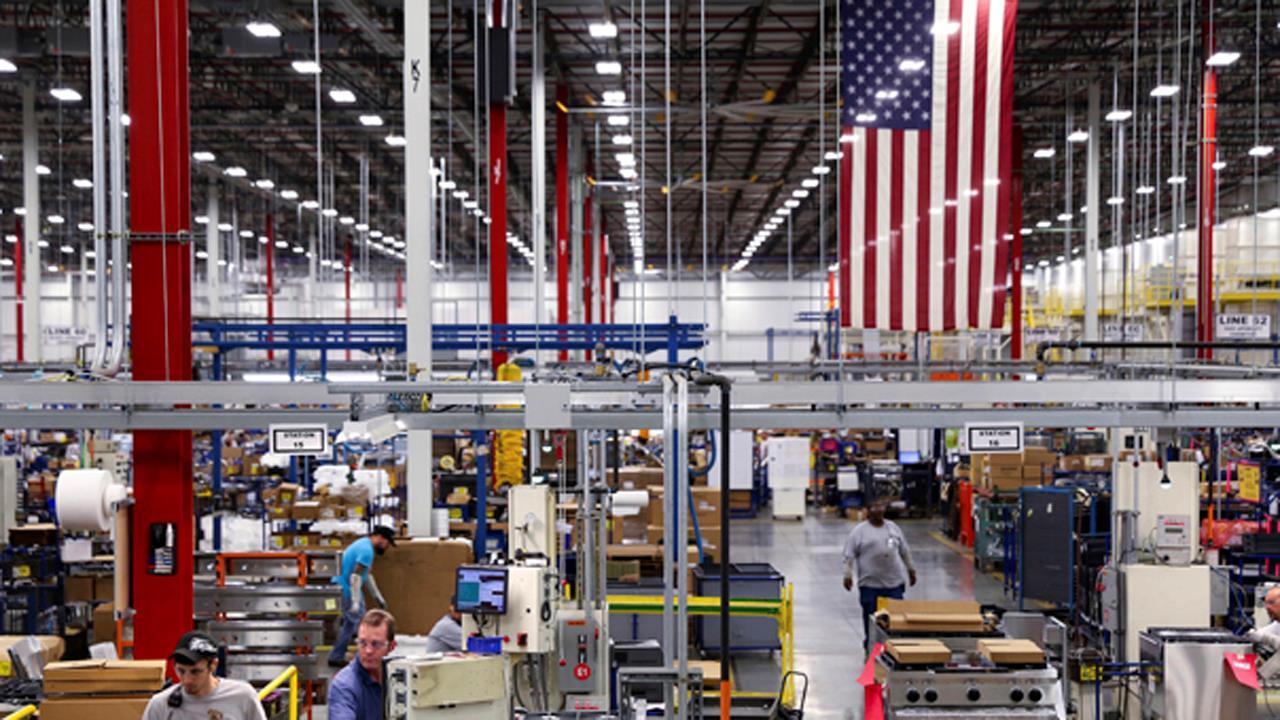No US recession in sight, but here's what to watch
As U.S. markets have soared, concerns have surfaced that the market could be overheating. When markets overheat, a recession follows, and these concerns are keeping some investors on the sidelines. According to Wells Fargo’s Investment Institute, sidelined investors could miss out on profits, with tax reform likely to support higher equity levels.
While it is impossible to predict exactly when a recession will occur, according to Wells Fargo, there are ways to estimate an impending slowdown. Here are three things to watch for in predicting when economic expansion is close to running its course and a slowdown is likely around the corner.
Household spending
When the economy is overheating, households reduce their savings and increase their use of revolving credit. Right now, U.S. household savings are above their pre-Great Recession lows, while the savings rate suggests the U.S. economy is nearing the end of its boom cycle. Revolving credit use also suggests that we are in the late stage of economic expansion.
Business Investment
Another way where an excess can appear is in business spending. As businesses become increasingly confident in the economy, they ramp up their spending – and that can eventually overheat. But this has not started to happen yet with spending lower than it was during the cycle that ended in 2007, Wells Fargo said.
Labor Market
U.S. economic expansions have historically ended 12 months after labor markets enter a period of high full-time employment and low part-time and temporary employment. While the full-time employment picture is good, the number of people being employed part-time for economic reasons remains well below previous norms, and, according to Wells, the number of temporary workers in the U.S. is at a 30-year high.
Once overheating is seen in either household spending, business investment or the labor-market, a turn in the business cycle typically occurs in 12 to 18 months.
While Wells is confident in continued economic growth, they noted: “We are watching some scenarios…. In particular, policy makers at the Fed recently affirmed their forward rate guidance, but policy missteps remain a key risk for financial markets. Leadership changes at the Fed, combined with the potential for a “surprise” in headline inflation could prompt policymakers to raise rates faster than markets currently expect. If rates and inflation were to accelerate unexpectedly, the outlook for economic growth could dim.”
Part of the continued optimism in equity performance is due to tax reform, which they say, “could precipitate a boost in bottom-line corporate earnings, which ultimately is favorable for equity prices.”




















